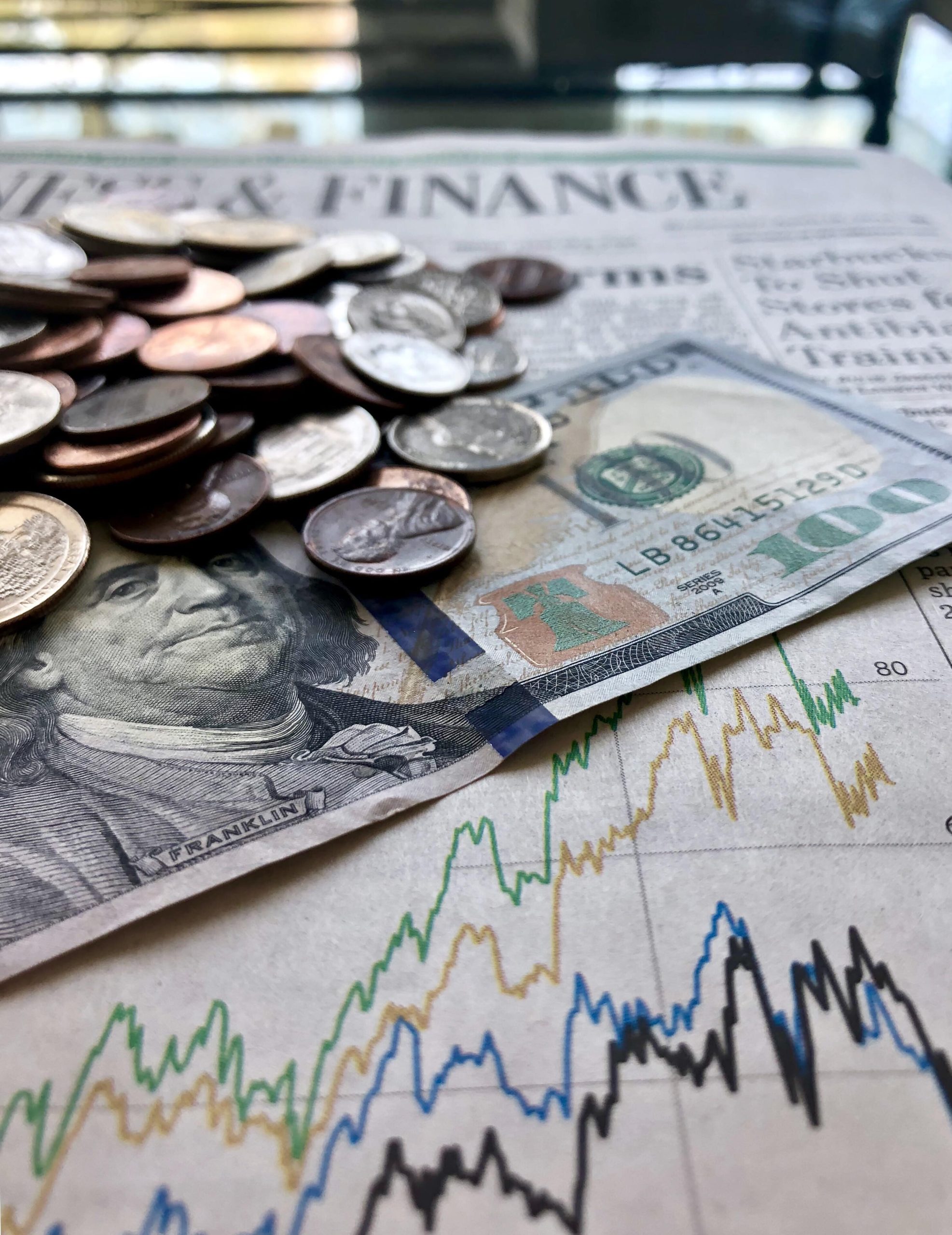The recent movement in the USDCHF currency pair has captured the attention of traders and analysts alike, as it has broken below a support level that has held for nearly a decade. This significant shift comes amid a dovish stance from the Federal Reserve, increasing strength in the Swiss Franc, and a passive approach from the Swiss National Bank (SNB). Such developments could indicate a shift in market dynamics, raising questions about future trading strategies in the forex market.
Understanding the Current Market Dynamics
The USDCHF has long been viewed as a barometer for market sentiment, particularly in the context of U.S. monetary policy and European economic stability. The recent break below the 0.70 level is noteworthy for several reasons:
- Dovish Federal Reserve: The Fed’s current stance suggests a lower interest rate environment, which typically weakens the U.S. dollar. Such a policy approach can lead to increased volatility in currency pairs where the dollar is a key player.
- Strengthening Swiss Franc: The Swiss Franc’s recent strength can be attributed to its safe-haven status amid global uncertainty. As investors seek stability, the demand for CHF increases, putting additional pressure on the USDCHF.
- SNB’s Passive Role: The Swiss National Bank has maintained a relatively passive role in recent months, choosing not to intervene in the currency markets. This hands-off approach allows market forces to dictate the value of the Franc, further complicating the dynamics for USDCHF traders.
Market Implications for Traders
With the USDCHF breaking below the decade-long support zone, traders are left contemplating the potential implications and strategies moving forward. The 0.70 level is now a focal point, and market participants will be closely monitoring price action around this threshold. Here are some considerations for traders:
- Short Positions: Some traders may look to capitalize on the bearish momentum, considering short positions if the pair continues to show weakness.
- Watch for Reversals: Conversely, if the USDCHF manages to reclaim the support level, it could signal a potential reversal, offering long opportunities.
- Global Economic Indicators: Traders should also keep an eye on upcoming economic data releases from both the U.S. and Switzerland, as these can significantly influence currency movements.
Conclusion
The recent developments in the USDCHF currency pair highlight a critical juncture for traders. As the pair breaks below a long-standing support level, the combination of a dovish Fed, a strengthening CHF, and a non-interventionist SNB could lead to increased volatility and new trading opportunities. While the market sentiment appears to lean bearish, the potential for a reversal remains, and traders must remain vigilant as the economic landscape evolves. The debate on the future trajectory of the USDCHF is open, and strategic positioning will be key in navigating this shifting environment.



